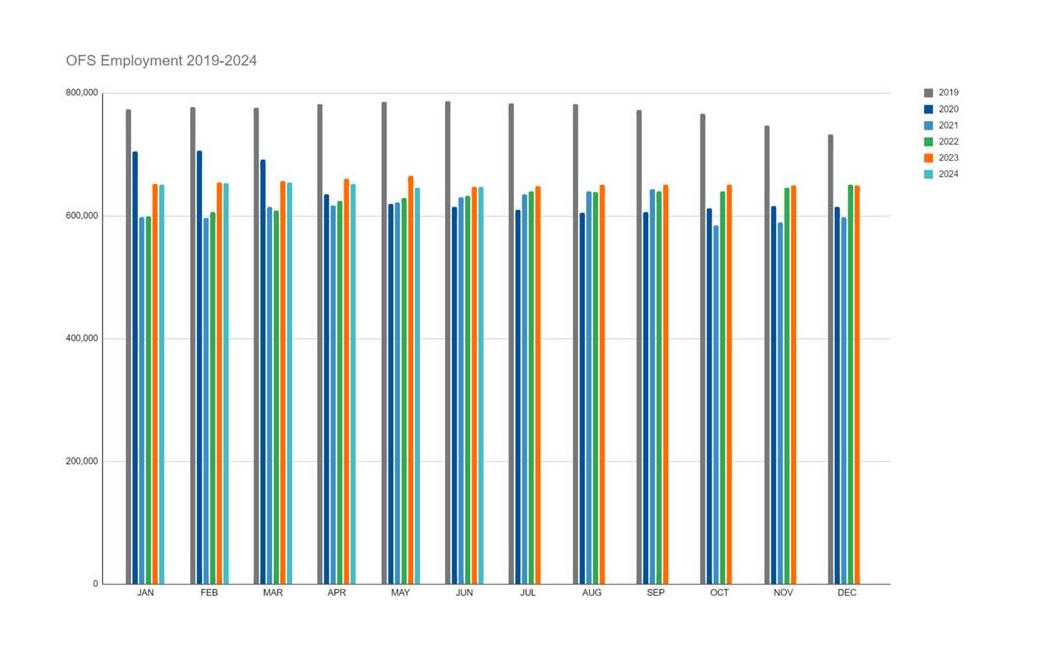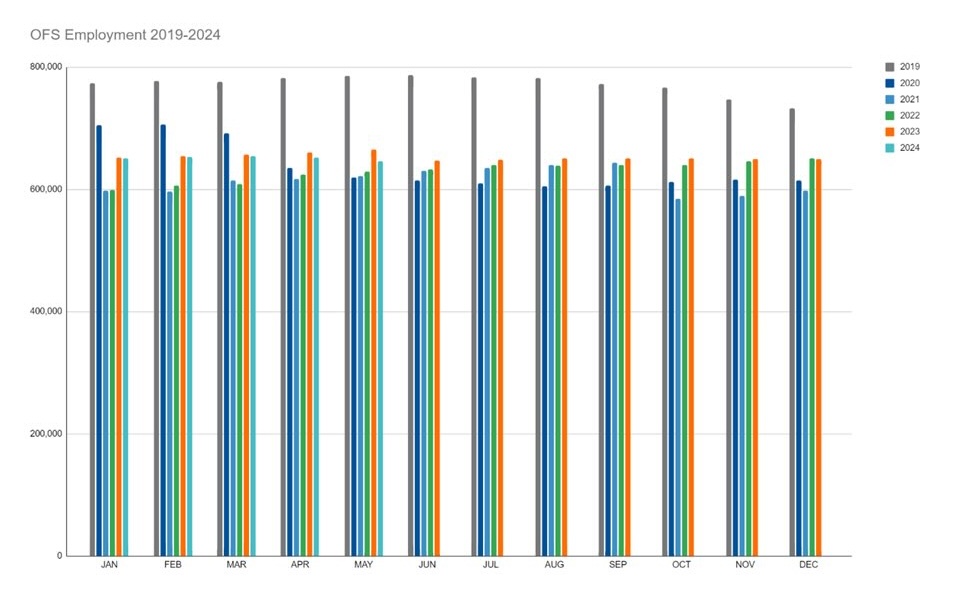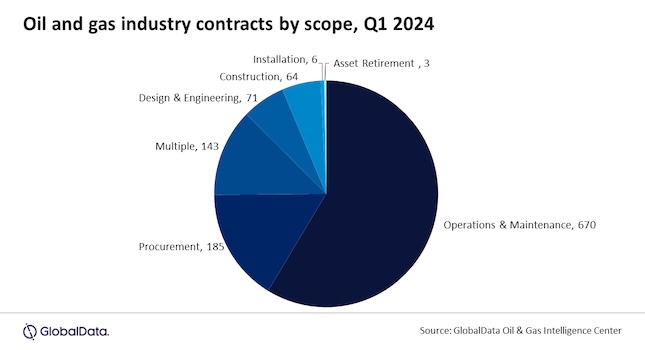With LNG production and transportation at an all-time high, Asia is seeing new opportunities for both land-based import terminals as well as floating storage and regasification facilities.
Preparing for widespread growth
Rapid growth in energy demand across Asia is seeing LNG become the fuel of choice. Driven by expanding populations, rising standards of living, and sprawling urbanisation, demand will only keep growing. With LNG production and transportation at an all-time high, Asia is seeing new opportunities for both land-based import terminals as well as floating storage and regasification facilities.
This trend is set to keep on going, with energy growth predictions for Asia much higher than the rest of the world. Japan and Korea have long relied on LNG for energy security and power generation, but we’re now seeing a change across Asia. China, India, Indonesia, the Philippines, Thailand, Vietnam and Bangladesh have followed suit with the recent introduction of gas into their import markets and are helping to drive demand across the region. As demand increases, new ways of bringing large-scale power generation online quickly needs to be found to meet these needs.
However, Asia’s need for large-scale generating capacity is immediate. LNG comes at a scale and development rate not currently possible with renewables, coal or nuclear; coal-fired plants take up to ten years to go from plan to operation and nuclear can take up to 20 years.
The natural choice
LNG lends itself well to particular geographies. Indonesia is the fourth most populated country in the world, with people spread out across numerous islands and demand for energy rising rapidly (the per capita consumption of electricity in Indonesia is expected to rise by over 25% from 2015 to 2020). How can one provide power efficiently across a country like this? Regional LNG import facilities linked to gas-to-power stations provide an ideal solution and where distances are short, pipelines from receiving terminals to other gas-to-power stations located close to population clusters make sense. Against this backdrop, it’s no surprise that many companies are looking at installing LNG import facilities.
The future of FSRU’s
As LNG becomes the fuel of choice across Asia, the region is seeing a change in the way gas is transported and stored. Until recently, the traditional approach has been to use land-based terminals. However, floating systems have become more popular over the last decade. Their price relative to land-based systems has come down and they can also be implemented much faster than land based terminals for those facing immediate demands.
Identifying a site for a land-based terminal, obtaining permits and approvals, then constructing the facilities all takes time – easily five years or more. Compare this to bringing a floating storage and regasification unit (FSRU) to a port. With minimal engineering work you can create a suitable environment for mooring the FSRU and connecting it to shore with a pipeline. This is cheaper and, more importantly, much quicker.
Floating terminals offer other benefits, such as secure and flexible operations – especially in areas where local politics and the potential for future gas development are less certain. They are, by their nature, easy to relocate to other opportunities. There is innovation in land-based storage too. New, cost-effective solutions for land-based storage that allow for future expansion have been developed to serve smaller facilities. These include the cost-effective modular single-containment tanks that Arup are also developing for small to mid-sized applications.
Diverse opportunities
While LNG-to-power remains the most significant demand in the Asia region, there are other applications for LNG hubs – such as break bulking and bunkering. Singapore is looking to set itself up as a regional hub for LNG trading using on-shore receiving tanks. By breaking down large shipments, the hub can benefit from economies of scale in supply while charging a premium to the regional users for smaller loads.
Market challenges
Overall, it is new markets – such as the Philippines and Indonesia – that will fuel future growth in LNG. Growth in traditional markets such as Japan has been stagnant but as more regional LNG import facilities are constructed and commissioned in the Asia region, this increased demand will start to counteract the short-term surplus currently affecting the market.
That leaves the question of how to secure long-term demand. Instead of simply supplying LNG, we’re seeing producers work with partners to build a receiving terminal or FSRU together with an onshore gas-to-power plant that will then provide them with decades of demand for their LNG.
Global investments from Asia
Whatever the challenges, there are undoubtedly exciting opportunities for LNG in Asia today. Not least is the chance the region has to lead the world in LNG. We’re already supporting LNG projects globally from Asia and expect this trend to continue as investment reaches an all-time high.
This article originally appeared on Arup’s website. Arup is a CFE Media content partner.



